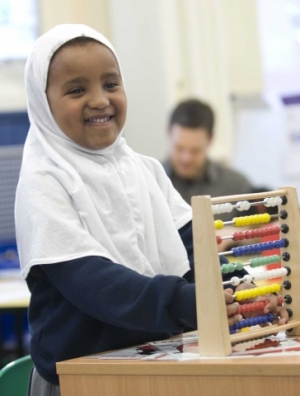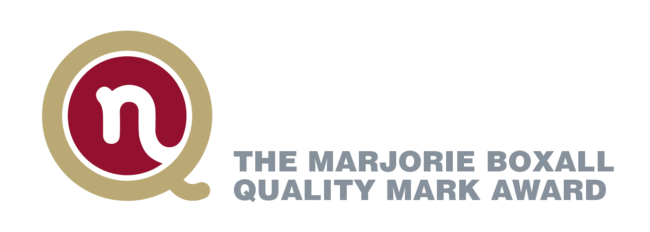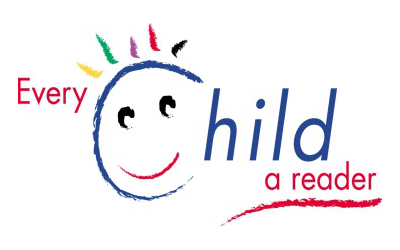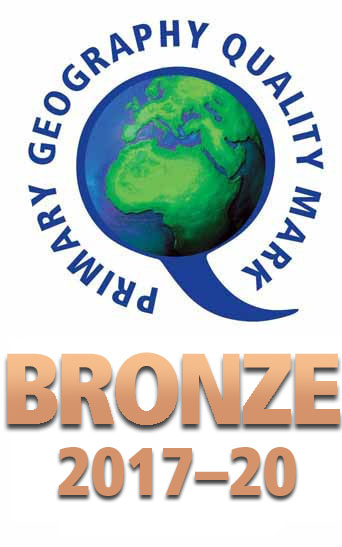Homework
At Hannah More, we believe that homework supports children’s learning and is an important extension of the work we do in school. It helps parents to understand our curriculum better and gives them opportunities to support this.
Across the school, we set homework each week on a Thursday to be returned on the following Monday. We also expect parents to read at home with their child every day, in addition to homework tasks.
We provide a homework book for children to complete their work in.
We have produced an information leaflet for parents about homework, which can be found here. Lots of ideas for helping your child with spellings can be found here.
If you are looking for extra support for children in Years 3-6, there are after-school classes available at the IntoUniversity learning centre, based at the Old Library, Trinity Road. To find out more about what they offer, click here.

Learning at Hannah More
Our curriculum nurtures self-belief through:
- building positive relationships between all members of the community
- explicit teaching of the skills needed for effective learning
- promoting self-awareness and emotional intelligence
- building resilience through strong PSHE and wellbeing
Our curriculum inspires success through:
- having high expectations for all children,
- stimulating curiosity and excitement and developing independence.
- enriching children’s life experiences
- teaching children to be confident communicators with strong language skills
- involving families in children’s learning
How we teach writing
A Novel Approach
At Hannah More we follow a novel approach. This means that in each year group teachers use complete, high quality language rich picture books and novels to teach English. This allows our children to deepen their understanding of a text and provides meaningful contexts to develop children’s reading and writing.
Through research, we know that children’s reading experiences are linked to their progress in writing and how, through picking the right literature and helping children to understand the skill of an effective and powerful professional author, teachers can support and enhance children’s developing skills as writers in a meaningful and effective way. This approach is particularly effective with learners who speak more than one language, as they are exposed to, and immersed in, outstanding models of written English.
While reading their class novel, children will engage in a variety of activities at appropriate ‘jumping off points’ that will help to immerse them further into the text. To achieve this, teachers will use a variety of approaches (see appendix 11 teaching approaches for more examples) including, but not limited to, the following:
- Explore settings – visualisation, setting description, vocabulary choices.
- Explore character – Role on the Wall, character descriptions, diary entries
- Exploring illustrations
- Explore language choices – poetry, vocabulary walls
- Drama – ‘Reader’s theatre’, freeze framing, hot seating, conscience alley
- Incidental writing - Letters of advice, diary entries etc.
- Authorial intent – grammar, vocabulary choices, figurative language etc.
- Art and visualisation
How we teach reading
At Hannah More we follow a novel approach. This means that in each year group teachers use complete, high quality language rich picture books and novels to teach English. This allows our pupil to deepen their understanding of a text and provides meaningful contexts to develop pupil’s reading and writing.
Reading has a high profile at Hannah More. We know that it is the key to effective learning. Pupils are encouraged to appreciate books, to read independently, to make good progress and to take immense pleasure in reading. We aim to foster reading skills which will remain with the pupils for life. Scarborough’s Reading Rope gives a visual representation of what happens when we read skilfully. Our curriculum systematically teaches our pupils word recognition and language comprehension, from decoding in the first week of reception, to active and skilled readers by the end of year 6.














